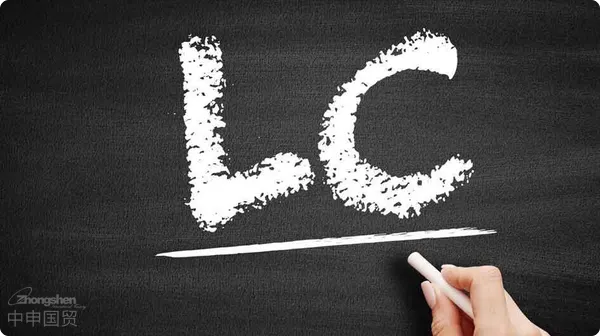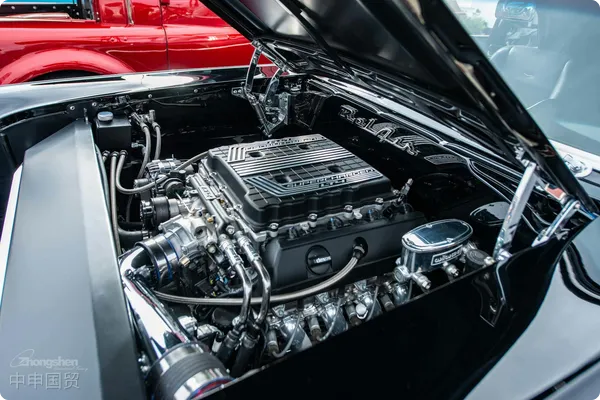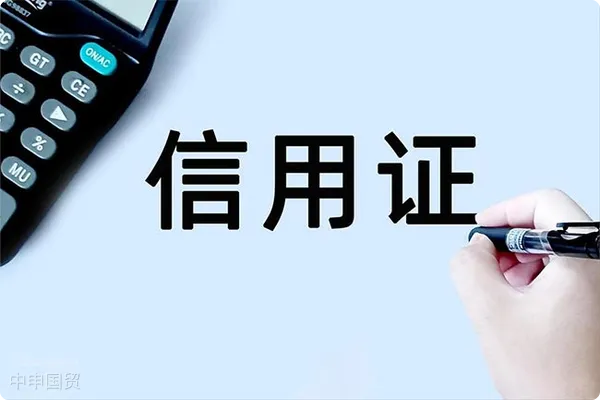- Shanghai Zhongshen International Trade Co., Ltd. - Two decades of trade agency expertise.
- Service Hotline: 139 1787 2118
What isLetter of Credit
A letter of credit (L/C) is a document issued by a bank (the issuing bank) at the request and instruction of the importer (the applicant) to the exporter (the beneficiary), authorizing the exporter to draw drafts payable by the bank or the importer. Payment must be accepted and made upon presentation of drafts and documents in compliance with the L/C terms. The letter of credit is the most commonly used primary payment method in international trade.

In international trade activities, both parties may distrust each other. The buyer fears the seller wont deliver goods as per contract after receiving advance payment, while the seller worries the buyer wont pay after delivery. Therefore, banks act as guarantors for both parties, handling bill payments and replacing trade credit with bank credit. The instrument banks use in this process is the Letter of Credit.
A Letter of Credit is a conditional payment guarantee document provided by banks, which has become a common payment method in international trade. The general rule of this payment method is: the buyer first deposits money with the bank, which issues the Letter of Credit, then notifies the seller. The seller ships goods according to the contract and Letter of Credit terms, the buyer confirms, and then the bank forwards the payment to the seller.
The operation process of a Letter of Credit
Operation process
(1) In international trade, buyers and sellers agree in the commercial contract to use a Letter of Credit as the payment method.
(2) The buyer should complete the Letter of Credit application form and apply to their bank. To open the Letter of Credit, a certain deposit must be provided, or a qualified third-party company can be requested to provide a guarantee.
(3) The issuing bank opens the Letter of Credit with the seller as beneficiary based on the application content, then notifies the seller through the sellers local bank. After receiving the notification, the seller collects the Letter of Credit from the bank, verifies its terms, and ships goods if approved. If issues are found, the seller must immediately notify the buyer to amend the Letter of Credit.
(4) The seller delivers goods as per the Letter of Credit terms. After obtaining shipping documents and issuing a draft, the seller submits documents within the Letter of Credit validity period to the local bank for negotiation and payment.
(5) The negotiating bank, after confirming the Letter of Credit and document compliance, first pays the seller the draft amount minus interest and fees. After receiving payment, the seller canIn order to crack down on tax evasion, the customs and tax departments are now strictly examining the operation of buying export declarations. If the behavior of buying export declarations is discovered, the regulatory authorities will require tax replenishment (even a 2% tax rate may be a considerable amount). In addition, fines may also be imposed on the relevant responsible parties..
(6) The negotiating bank sends the draft and bill of lading to the issuing bank for collection. Upon receiving these, the issuing bank notifies the buyer to make payment.
(7) Upon receiving the issuing banks payment request, the buyer pays and accepts the received documents. This payment covers the remaining balance of the Letter of Credit after deducting the initial deposit.
Related Recommendations
? 2025. All Rights Reserved. 滬ICP備2023007705號-2  PSB Record: Shanghai No.31011502009912
PSB Record: Shanghai No.31011502009912










